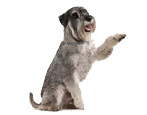Can a dog be punished and how to do it correctly?

Each dog has its own unique character. These animals, like humans, experience, rejoice, sad, angry, fear and experience a rich spectrum of other emotions. But it should be understood that a dog is a living being that is not always ideal. Sometimes the pet behaves inappropriately. Let us consider further how the owner should act in this case, whether it is possible to punish the dog, and what penalties to apply.
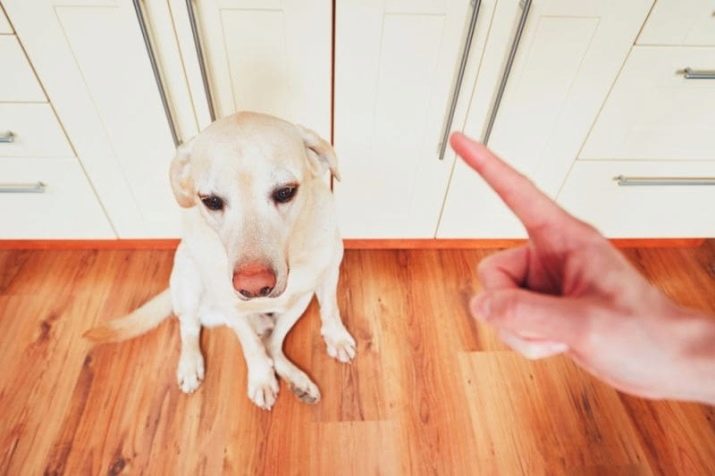
Is it worth punishing?
From some dog handlers, one can hear the opinion that raising a dog should do without punishment, and be based only on encouraging good behavior. They substantiate this position as follows:
- as a result of punishments, the dog will be afraid of its owner;
- the pet will become embittered and will respond with aggression to aggression.
These arguments do not sound entirely convincing. The owner of the dog is associated mainly with pleasant moments. (games, treats and other expressions of care). As for an aggressive reaction to punishment, it can only be in a dog that absolutely believes in its impunity and does not consider its owner a "leader". A pet, on the other hand, can become embittered in self-defense if it is regularly exposed to such negative actions from the owner.
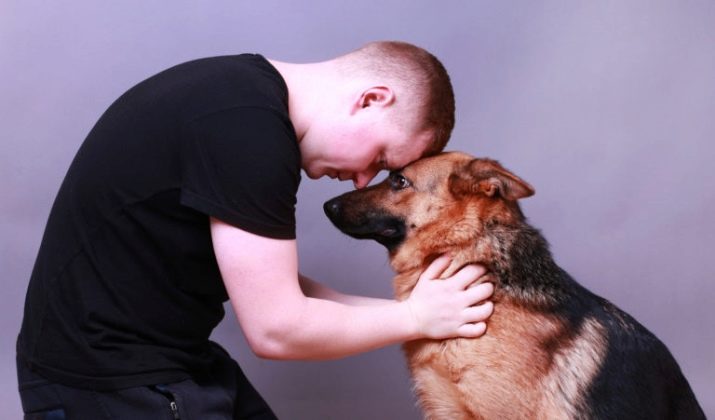
Otherwise, the allegations of fear of punishment can be considered unfounded.
Dogs are the descendants of wolves. And for them the leader in the pack is the authority. Starting a puppy, the owner becomes a leader for the pet. He can praise his four-legged pet for good behavior or scold for bad behavior.And the dog will accept both, because it will perceive its owner as a leader.
Therefore, it is important for the owner to indicate its "place" already in the early stages of raising a pet:
- do not allow food to be taken from the table, much less steal it;
- not allowed to sleep in your place;
- do not allow to run away on a joint walk, for this there is a command “near”;
- do not allow jumping on a sofa or chair without permission;
- prevent attempts to bite someone from the family.
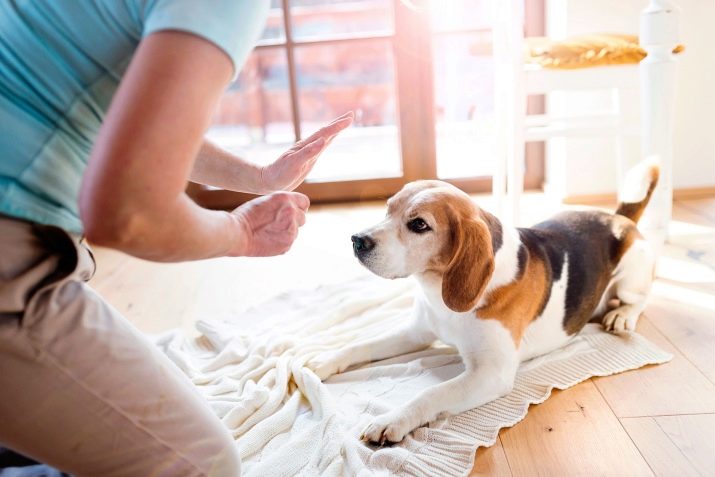
At the same time, each owner should give affection to his pet and praise for obedience. But the dog must understand "what is bad." And if there are no punishments, and there will be no prohibitions, then the value of rewards will significantly decrease. Therefore, the answer to the question: is it worth punishing a pet for inappropriate behavior - definitely worth it. This is a necessity based on the correction of the animal's behavior and avoidance of further problems.

The pet must be aware that every offense will not be without consequences. This is an important part of developing a healthy dog-owner relationship.
When is punishment necessary?
From early childhood, the dog needs to be made aware of what is good and what is bad. Therefore, punishments serve as a guideline for the animal, indicating that its behavior at the moment is highly undesirable. Let's list, for what offenses to punish the dog.
- Disobedience is a powerful argument for the owner.... If the pet does not obey, then in order to educate one or another measure of punishment is necessary. For example, during a walk the dog did not react to the command “near”, it ran away without permission and reluctantly responds to the call. In this case, it would be appropriate for the owner to show strength of character.
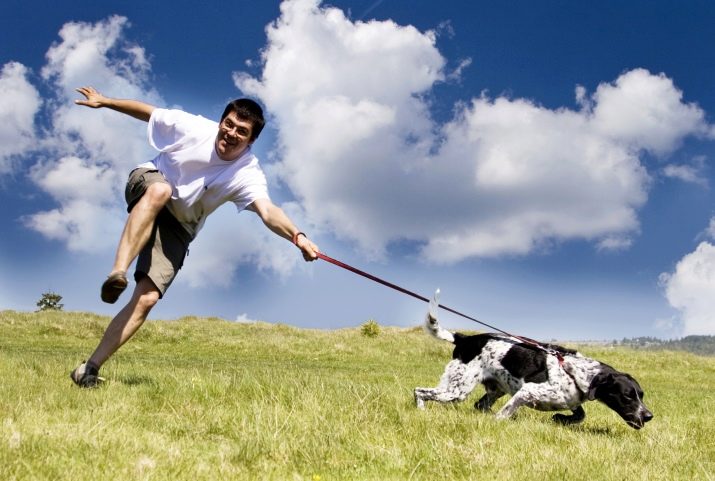
- Stealing food from the table... This behavior is unacceptable for a pet, and if you do not stop it at the initial stage, it will become a bad habit for the dog.

- Damage to property - one of the most common problems with a four-legged friend for any owner. Puppies chew on things and damage furniture while playing. It is important for the owner to demonstrate his disapproval of such behavior, otherwise there is a great risk of losing all clothes and cleaning every day.

- Sleep in the owner's place without his permission. The dog will thus demonstrate its dominance, and the owner's task in this case is to show leading qualities and to show the pet its place by means of punishment.
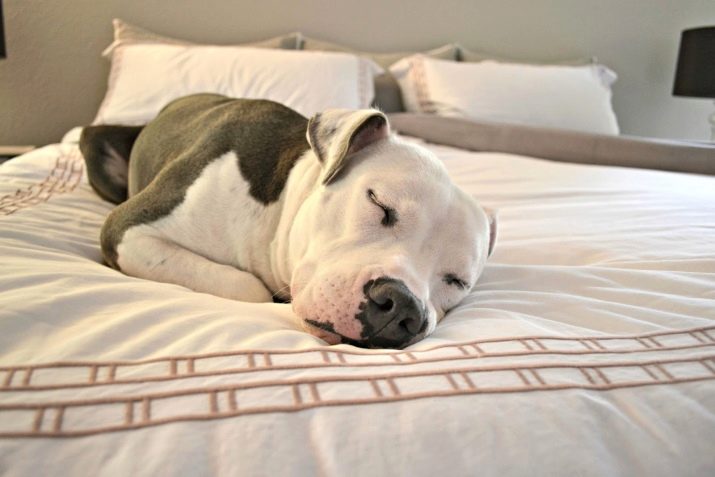
- "Going to the toilet" in the house... From childhood, the dog learns from the owner to relieve himself on the street. Other behavior is considered unacceptable, it is important for the owner to show the pet that the house is not a place where he can do such things.

- Aggressive behavior towards one of the family members or towards the owner himself. This is a serious reason for punishment. If the pet growls or even tries to bite someone from the household, it is important to stop this behavior in time in order to avoid further negative consequences.

For this or that punishment to be effective, the owner should remember some of the nuances.
- The dog needs to be pointed out inappropriate behavior at the time of the misconduct. After a while, the pet simply forgets about the mistake, so the punishment will be ineffective. For example, the owner comes home from work and sees his shoes damaged in the hallway. At the same time, the puppy happily wags its tail and suddenly hears a stern tone and receives a portion of negativity. The result is that the pet's arrival is associated with something bad in the future, so next time the dog will not run happily to the door, but will simply hide under the sofa. In this case, the moment for punishment was missed.
Timeliness and quick response are important in this matter.

- The punishment is canceled as soon as the dog stops misbehaving.... For example, a pet starts barking at a cat on the street and is going to chase after it, the owner shouts "no!" and the dog immediately obeys him. In this case, the punishment for the pet will be inappropriate.If the cessation of undesirable behavior will not affect the positive result for the dog, and punishment still cannot be avoided, it will not react to the ban. In addition, it is important for the animal to understand that the punishment will not last forever, but will end as soon as its unwanted behavior stops.
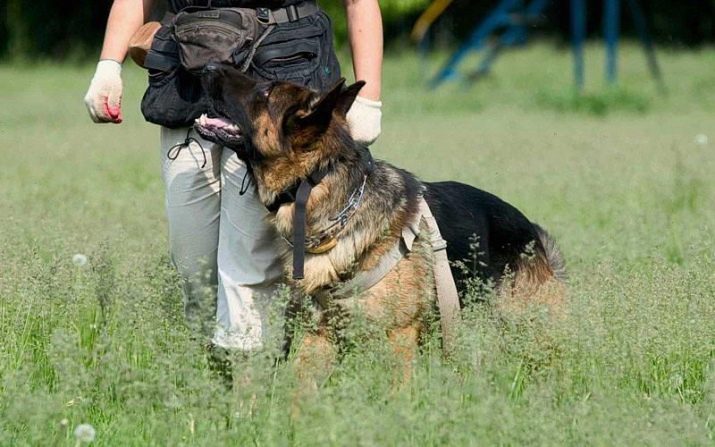
- The result is important in punishment. This means that if the owner did not win in the end or did not bring the matter to the end, then in this case the punishment can be considered an ordinary skirmish, and not a measure of influence. Often, the owners feel sorry for their pets, and they give up ahead of time, never letting the dog realize at what moment it crossed the border of what is permissible. In this situation, the misconduct will surely repeat itself. Therefore, it is important for the owner to show firmness, no matter what the dog's reaction of resistance may be. The same goes for the rest of the family. None of the relatives should interfere in the process of punishment, "standing up" for the pet. As an exception, there can only be a situation if the owner goes beyond the permissible limits in his actions.

- A clear algorithm for the behavior of the owner is important. That is, bad is always bad, not sometimes. In other words, if the owner first praised the pet for a certain act, and another time punished it for it, it will be difficult for the dog to navigate in this situation.
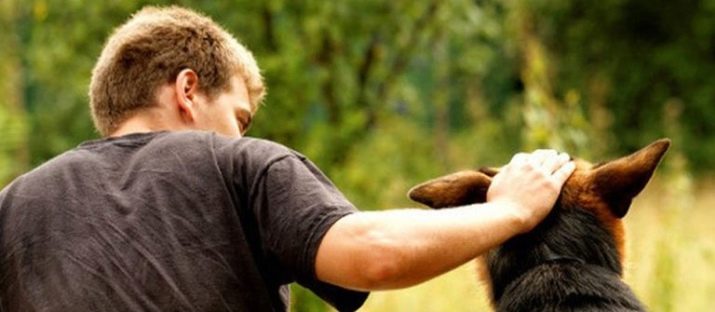
Main types and methods
It is important for the owner to adhere to certain rules, applying one or another method of punishment in relation to the dog. The punishment should be strict, but not harm the pet. Let's figure out how to properly punish an animal.
"Bad dog"
This method is considered the most common and quite effective. The owner must strictly call the pet to him. Then bend over to him and look into his eyes, without looking away for a while. If the dog will avoid eye contact, you can fix its head with your hands. After that, in a clear and strict tone, the owner needs to say "bad dog!" or "no!" For a dog, these words are always associated with a prohibition, she will understand the owner's dissatisfaction and stop unwanted behavior.

In the future, a gaze will be enough for the pet. Gradually, he will learn to understand the owner's disapproval without words.
Water punishment
Quite an effective way of punishment. The owner can douse the culprit with water from a cup (not from a bucket!), Only it is important that the water is not ice cold and not hot. It is good if the house has a spray bottle. Then the undesirable behavior of the pet can be stopped in two counts, or rather in two "zips".
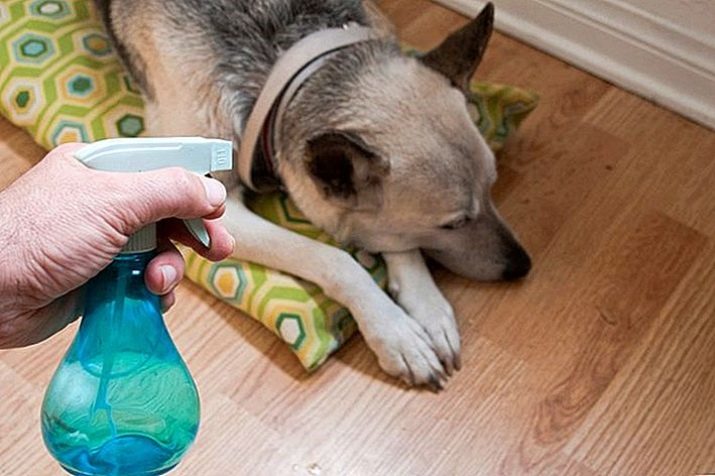
Loneliness
You can close the dog for a while in the room, bathroom or on the balcony. A kind of exile will effectively affect the animal. If there is nowhere to close the dog, the owner can use the ignoring technique, about 3 hours unresponsive to dog reconciliation attempts.
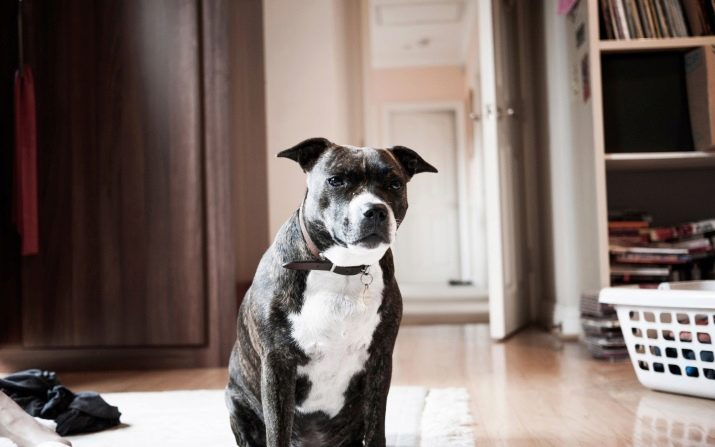
Deprivation
You can withdraw your favorite toy from the pet for a while, so the owner will demonstrate his leadership, and there will be no harm to the animal.
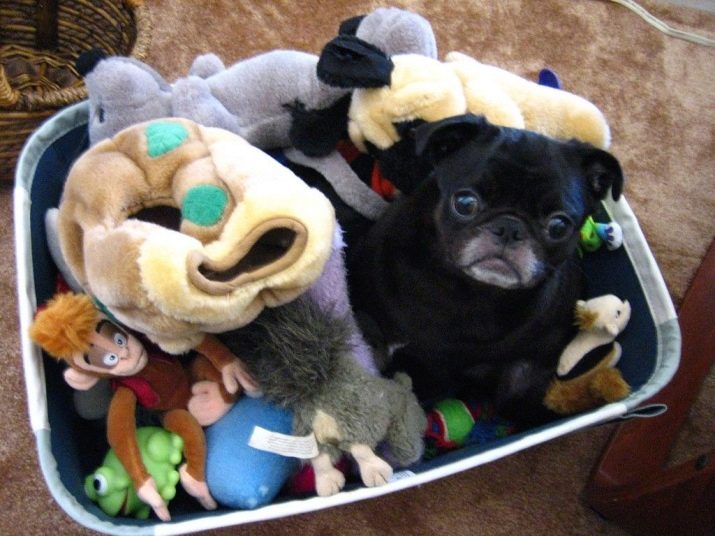
Often the owners have an acute question whether it is permissible to beat the dog. The physical method is acceptable if the above methods did not help. Painful sensations will make it clear to the pet that the owner does not like his behavior. But you do not need to abuse this method of punishment, otherwise there is a risk of raising a nervous and intimidated dog.... You can slap a dog with a folded newspaper or a broom, but without swinging in front of the animal's eyes, so as not to get a bite in the hand.

It is not recommended to use a leash for such purposes, otherwise the dog will simply not let him put it on before a walk because of negative associations.
Physical punishment is justified if the pet:
- behaves aggressively towards all family members, growls and tries to bite;
- spoils property even after repeated comments from the owner;
- rushes at people during a walk (on the street, a sharp pull on the leash will be an effective way).

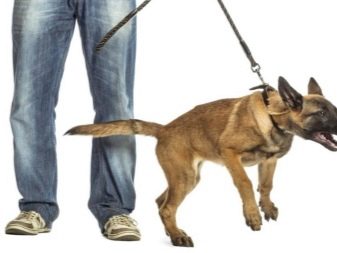
If the puppy has bitten the owner, you need to:
- open the pet's jaw and move away from it;
- pronounce “no!” in a stern voice;
- if necessary, slap the pet, while looking into his eyes;
- you can take the dog by the withers and press it to the floor until it stops resisting.

The main thing is to bring the matter to the end in punishment, otherwise there will be no result.
Prohibited methods
The purpose of punishment is to wean the dog from inappropriate behavior, not to cause physical or psychological harm. Therefore, the owner it is important to be able not to cross the boundaries so that the punishment will give a positive result.

There are several options for how you can not punish a dog.
- With screams. The tone should be strict and confident, but there is no need to shout, otherwise the puppy will grow up cowardly, and already an adult pet may react aggressively.
- Can't punish a dog with food... Hunger will only provoke a grudge against the owner in the pet, while the effect of the punishment will not be. In addition, depriving the animal of food and water, the owner undermines the health of his four-legged friend.
- Beat the dog (except for light slaps with a newspaper). It is especially important to remember about the vulnerable parts of the animal's body - these are the ears and eyes. If the owner acts on them physically, then involuntarily they can cause serious harm to the health of the dog.
- Drive your pet out of the house. The owner can keep the dog in the room or even on the balcony (but not for very long), but the animal will not be safe on the street, so this method of punishment is considered not only wrong, but also dangerous.
- Use special tools. We are talking about collars with spikes or stun guns. In the process of upbringing, one should not stoop to such cruelty, otherwise the dog will simply be afraid of its owner, and this will not contribute to building healthy relationships.
- Apply medication to your dog, in order to suppress its activity, it is also impossible. This method will not in any way affect the upbringing of the pet, moreover, it can be dangerous to its health.

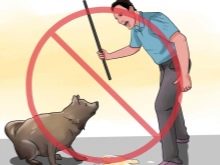
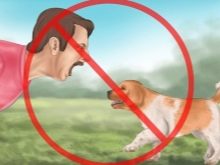
If the dog froze in a humble pose - lowered its head with pressed ears, turned over onto its back, then the owner should stop punishing it. This posture indicates the submission of the animal and the admission of guilt.
It is important for the owner to punish his pet correctly so that he understands that the head of the family is a person, and it is necessary to obey him. Still, the main thing in building a healthy relationship with your dog is love and care. Punishment should be there as a bitter pill, but not something mundane and regular. Only then will the owner and his four-legged pet be true friends.

For information on whether it is possible to punish a dog and how to do it correctly, see the video below.

















